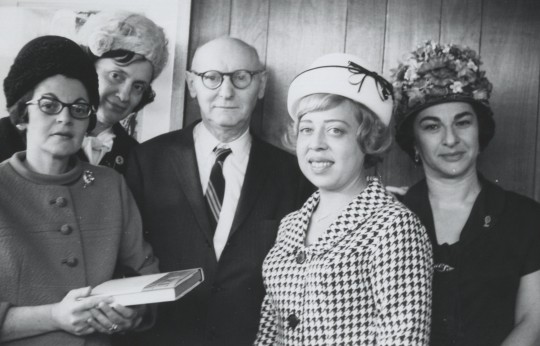
When Asaf Galay began to read Isaac Bashevis Singer in English, he noticed a note at the end of every story: “Translated by the author and ______.” The co-translator was almost always a woman. Who were these women? How much are they to thank for the reputation of the best-known Yiddish writer in the world? Galay and co-director Shaul Betser’s The Muses of Bashevis Singer puts faces to these names and uncovers the process by which they helped bring Singer’s work to the non-Yiddish-speaking world.
Not coincidentally, those faces were young and good looking. “Bashevis was a frisky old man,” one translator remembers, “and that’s putting it very mildly.” A facility with language, it seems, wasn’t the only job requirement. One biographer confides: “Many times, I heard: ‘he slept with all his translators except me.’” But beyond flirtation, Singer formed lasting intellectual partnerships with these women, many of whom went on to have writing careers of their own.
The film moves seamlessly between archival footage and contemporary shots of New York, providing a sense of how Singer’s translators helped capture a world that might otherwise have been forgotten. “Why do I write in a dying language?” Singer asked in his Nobel acceptance speech. “Because millions of Yiddish-speaking corpses will rise from their graves…and their first question will be ‘Is there any new Yiddish book to read?’”
____
(Photos courtesy Asaf Galay)
JTA has documented Jewish history in real-time for over a century. Keep our journalism strong by joining us in supporting independent, award-winning reporting.






